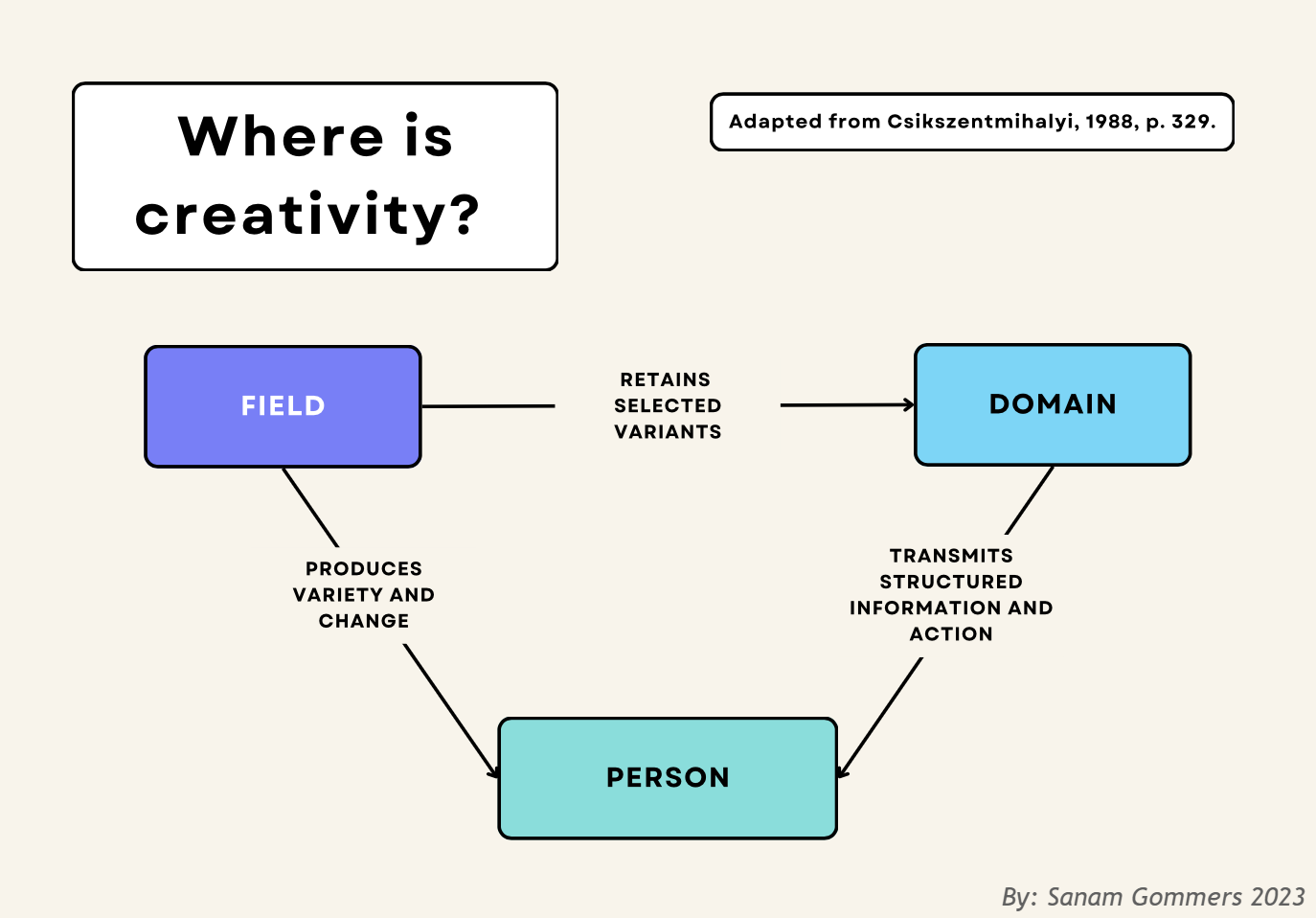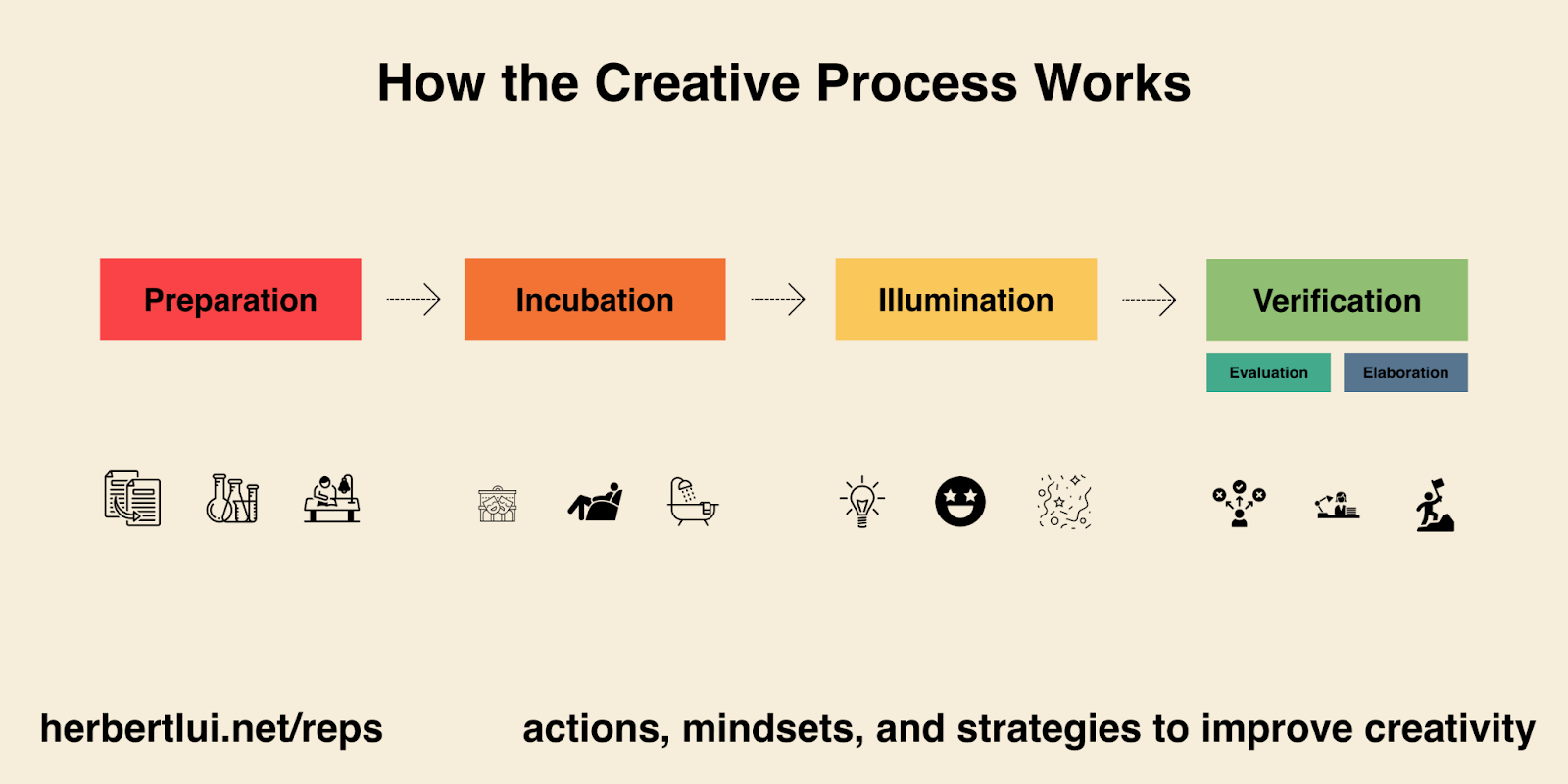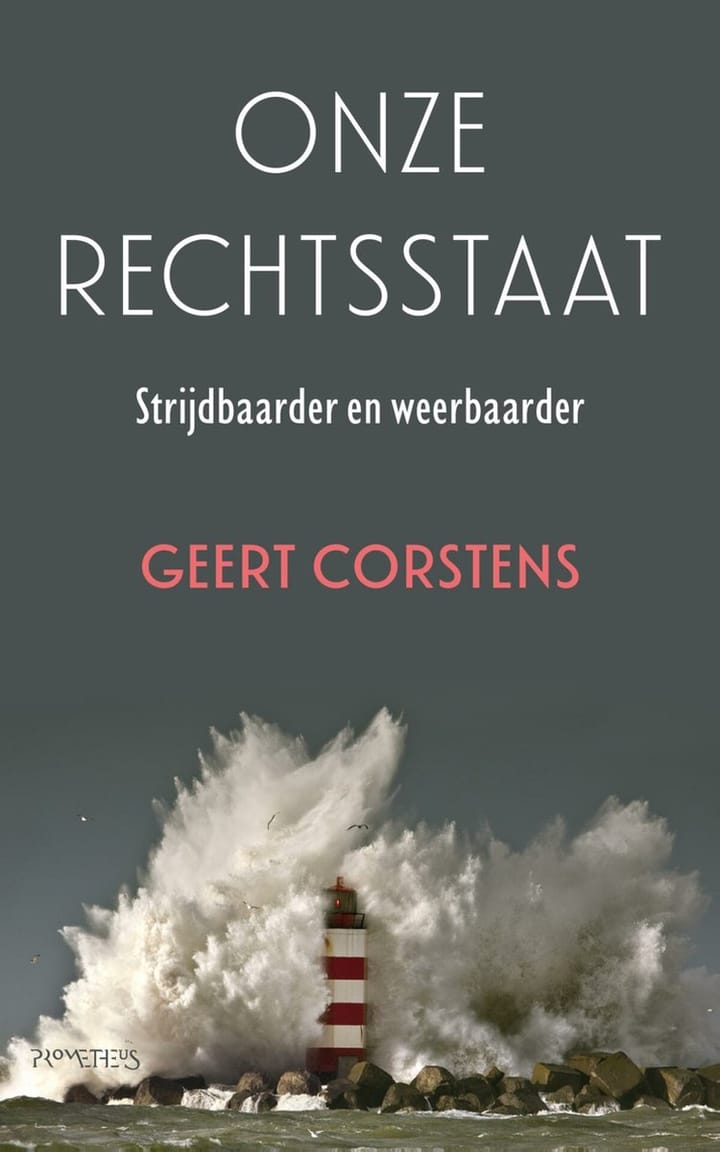How to be creative

Though we certainly aren't God, we as humans are definitely all creators. Without creativity, mankind would not progress. We create all sorts of things, be it music, paintings, movies, but also buildings, cities, businesses and so much more. I am a firm believer that inside every person, there's an inventor. Though not every person would describe themselves as creative. What exactly is a creative person? Am I one? And if not, how do I become one?
First we'll start defining the subject: what does creativity mean? After that I'll move on to different kinds of creativity, and what we can do to stimulate our own creativity. Then I'll discuss methods to remain creative on a consistent basis, of course ending with a short summarising conclusion.
What is creativity?
There are as many different answers to this question as there are people on the Earth. According to one of those people, some old man called Einstein, "Creativity is intelligence having fun." I attended a small-scale seminar on creativity a couple weeks ago, where this question was asked as well. A variety of answers was given, but it mostly came down to descriptions along the lines of 'making something.' But not just anything, the 'something' had to be new, valuable and it needed a certain surprise-factor. Creativity was also about flexibility, safety and, of course, fun. Lastly, Elizabeth Gilbert (author of Eat, Pray, Love) believes creativity is not so much about art or craftmanship, but about one's curiosity trumping one's fear. That's a definition which I'm satisfied with.
Between 1990 and 1995 a psychologist named Mihály Csíkszentmihályi conducted research in which 91 highly-accomplished creators from a range of disciplines were interviewed. The result of his research was a book called "Creativity", first published in 1996.
Csíkszentmihályi argued that when we're being creative, we're living fuller, more satisfying lives. From his research a concept called 'Flow' was derived, which is a feeling of intense concentration and enjoyment that people experience when they work on a satisfying task. Or, in his own, more poetically put words: “the state in which people are so involved in an activity that nothing else seems to matter; the experience itself is so enjoyable that people will do it even at great cost, for the sheer sake of doing it.” I believe we're all familiar with this concept and many of us have actually experienced it. So it's not so much the question of what creativity is, but more so where creativity is.
Csíkszentmihályi came to that same conclusion and so instead of asking what creativity is, he asked the people in his case studies where creativity is. The results that followed consistently had a field, domain and person in them, creating the foundations for the Social Systems Model of creativity, as illustrated below.

Csikszentmihalyi explains, “Creativity occurs at the interface of three subsystems: "An Individual who absorbs information form the culture and changes it in a way that will be selected by the relevant Field of gatekeepers for inclusion into the Domain, from whence the novelty will be accessible to the next generation.”
What kinds of creative are there?
This brings me to the next point. There are different kinds of creativity. According to Margaret Boden there are three types of creativity: Exploratory, combinational and transformational.
Explorational creativity acknowledges certain base rules, but explores all possibilities within these rules. An example of this can be found in kindergarten, where kids are often given instructions to draw something based on a prompt. Like "draw your family." The results of a prompt like this can range from four stick figures to an abstract portrait including all the colors the kid in question could get their hands on. And that's assuming they only used pencils. I've seen an instance where a kid tried to color with his own boogers. Though that may not be the most hygienic approach, nor did it produce any good-looking results, but it certainly was a creative way to go about it.
Combinational creativity combines multiple sets of existing rules to generate a new idea. For example, things like combining the concepts of a car and a living space, resulting in a caravan. Obviously a caravan already exists, but you get what I'm saying. Something combinational that doesn't yet exist: makeup for Stormtroopers.
However, when talking about 'real' creativity, most people look to transformational creativity, which is creating something entirely new by taking the existing ground rules and changing them. It's a bit more difficult to think of examples of this one at first, but a good one is the paintings of Picasso. In "Tête de Femme" (1962) he took the ground rule of painting a portrait of a woman, but completely changed it by toying with the very concept of what exactly is a portrait. Looking outside the confines of how we currently define concepts brings much renewal to our lives. It can be paintings like Picasso's, but the demands of the people behind the French Revolution or the contents of the American Decleration of Independence can arguably fall under this umbrella as well. Renewal is seldom met with open arms, so it's no surprise that transformational creativity is usually the subject of lots of criticism. But in hindsight these people are seen as 'creative geniuses' for being 'ahead of their time.'
Furthermore there's divergent and convergent thinking, which also relates to creativity. Divergent thinking is your typical "yes, and"-way of thinking, accepting the prompts/rules and building off of that. Convergent thinking is it's counterpart, consisting of "no, because"-thoughts, rejecting said prompts/rules and encouraging critical thinking. Creativity requires a sort of symphony between these two styles of thinking, so they can compliment each other. New ideas can be thought of through divergent thinking and convergent thinking can be used to critically examine them.
How to be creative
(don't focus on the results, but on the process)
People love blueprints or templates or step-by-step guides for things. We love to go through step one, two and three and ta-dah, you've accomplished something. We love to visualise, clarify and concretise abstract concepts like the process of creativity, so it seems less daunting or difficult to partake in.
A very common way people think about the process of creativity is in the following three steps: First there's a preparatory phase in which a person gathers as much information as they might need to actually, critically and realistically think about a topic. After that there's a phase of incubation, which I like to compare to cooking rice. You can put water and rice in a pan, but you also need patience. You take a step back, let the rice cook and absorb the water, and when it's done you've got a nice meal. It's literally the "let him cook"-meme. The incubation phase is when you're not consiously thinking about the topic and will lead you to the next phase, illumination. It's that aha-moment. The moment you're in the shower and suddenly you've got a great premise for a fantasy-novel. Or that moment when American biochemist Kary Mullis was driving home and a revolutionary way to multiply DNA particles popped in his head, which eventually won him a Nobel Prize.
Wallas-process
However, after these three steps you've got an idea, sure, but there's more to creativity than just thinking. That's where Graham Wallas comes in. He was the first to actually create an overview of the Creative Process, as illustrated below.

As we can see, preparation, incubation and illumination are present in this model. This is the ideation part of the process. The last step, often divided in two substeps, makes up the manifestation part of the Creative Process. These final steps have different names in different places, like prototype and test, or evaluation and elaboration, but it comes down to the same thing. After you've gone through the ideation part, you go on to turn your idea into something tangible. What that is exactly depends on the idea, but it could be a first draft, model, concept-design, any sort of prototype really. That's the evaluation phase, after which comes the elaboration phase, where you introduce your idea to the public. This could be the entire world, but it could also just be your parents. Whomever it may be, this person might have some remarks on your project, after which you might want to edit your work in any way. Thus the verification phase mostly consists of going back and forth between evaluating and elaborating.
And there you have it, a step-by-step guide on creativity. I could end the article here, right? Well, bear with me, as I'm not quite finished yet.
How to stay creative
Six Thinking Hats
Of course being creative isn't something we just are all the time. But that's normal. In 1985 physician Edward de Bono published a book called "Six Thinking Hats" in which he muses that our brains think in six distinct ways. We don't have all the hats on in the same capacity at all times. Every hat has its own function and value, as can be seen in the illustration below. The hats are meant to be used in harmonious sequence to optimise decision-making. But if you're ever stuck in a certain project, these hats can be of use as well. You could identify which hat you're wearing at that time, and take a moment to consider or approach the project whilst wearing a different hat. With different priorities, there's usually a different outcome. Shifitng perspectives this way might help you get unstuck in your project.

Boredom
But realistically, we're not always on our A-game. But that's not necessarily a bad thing. There's always someone doing something, but with social media these days it feels like everyone is doing something always. But the only good that does is just guilt tripping us into doing stuff we don't even really feel like doing. Sometimes being bored is a good thing. In fact, I've been trying to take the privilege of being bored and shifting my perspective. So now I'm not bored as often, I just have time to rest and do nothing and I accept that that bores me at times.
Environment
Your environment is another underrated factor in creativity. It matters greatly however, and employers are starting to see that more and more. At the Google headquarters for example, they work four days a week, and the fifth day they still check in to the office, but they just do nothing. Pure boredom to fuel creativity. The safety of your environment is also of importance. If you feel like there's a lack of comfort/safety in your environment, concepts like "worst possible idea" may be of use. It's essentially an inverted brainstorming session where there's a problem and you try to come up with the worst possible solution to the problem.
To conclude
This article has already been quite lengthy, so I'll keep my closing thoughts brief. We're all creative and capable of great change, if we want to. If we take time and sit for a bit, allowing us the space to think about it, let's idealize. What would your ideal world look like and what are possible ways to get there. Truly shoot for the moon here. If you can imagine such a thing, not create but just imagine it, there you go, you're creative.
Dare to dream motherfuckers.



Comments ()